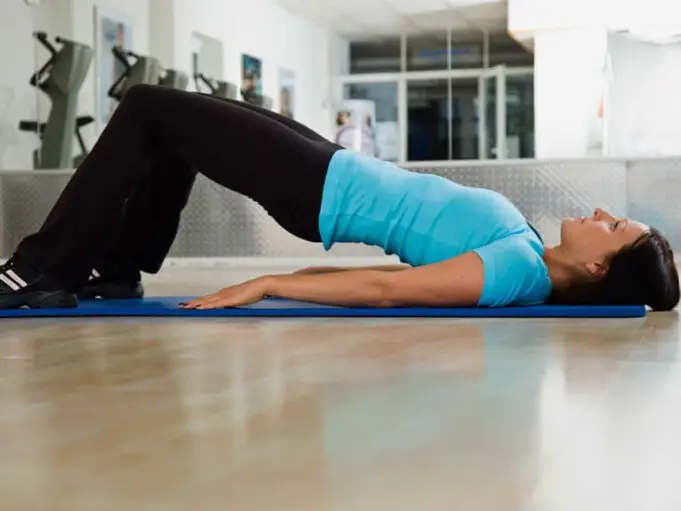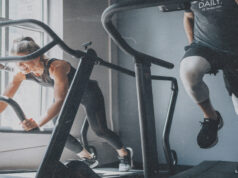Heading for the bathroom more often? It’s one of the most common week 10 pregnancy symptoms – and it’s an issue that’s likely to stick with you until your little one arrives.
Kegel exercises can help prevent incontinence by strengthening the muscles that control your bladder. They’re easy to do anytime, anywhere – and they’re discreet, so no one will be the wiser.
Kegels benefit you through pregnancy and beyond:
Kegel exercises might have just now come to your attention, and that makes sense.
They’re one of the best forms of insurance available against the urine leakage that can happen when you laugh, sneeze, or cough, plus they can help keep you from passing gas when you’d rather skip embarrassment.
That’s not all: strengthening your pelvic muscles by doing Kegels improves control and might make the labor and delivery process easier. Once your baby arrives, you might want to keep doing Kegel exercises since they can help you recover from the birth process.
They’ll help keep your pelvic floor strong for life, preventing the bladder leaks that can sometimes happen as you get older. There are other benefits that come with Kegel exercises:
- Kegels can help improve your sex life by keeping your vaginal muscles strong and well-toned.
- You’ll have an easier time holding it in when you’ve got to wait to use the bathroom.
Kegel exercises are easy to do
If you’re not sure how to do Kegel exercises, you might be surprised to learn that you already know exactly how to go through the motions.
Here’s how to do your first Kegel:
- During one of your trips to the bathroom, stop the flow of urine while you’re peeing and keep it stopped for about 3 seconds. Release the muscles you just squeezed, and allow the flow to start up again. The squeezing, lifting motion you just used was a Kegel exercise.
Now that you know how to do Kegel exercises, you can repeat the motion anytime and anywhere – you don’t have to do them in conjunction with urination.
Some good times to do Kegels
- Watching TV
- Standing in line
- Working at your desk
- Showering
- Putting on makeup and brushing your teeth
- Cooking
While you can do Kegels anytime you remember, you might also want to set some reminders for yourself until you’ve created an exercise habit.
Men can benefit from Kegel exercises, too
Believe it or not, this form of exercise isn’t just for women. Kegel exercises for men involve a similar tightening action (the same one that’s used to stop the stream of urine).
In men, Kegel exercises can help improve sexual performance, particularly where premature ejaculation or erectile dysfunction are problematic. As in women, men’s Kegel exercises can help prevent incontinence.
Use Kegels to gradually build your pelvic floor muscles:
Just like the rest of your muscles, the ones in your pelvic floor should be built up gradually. Try sets of three to begin with, and increase the number of exercises you do over time.
If you’re having trouble, be sure to ask your doctor for help.












